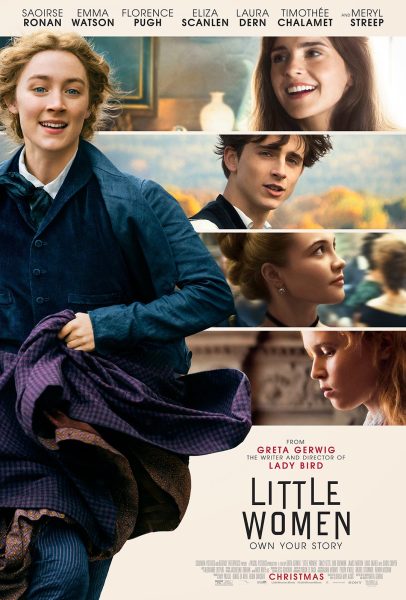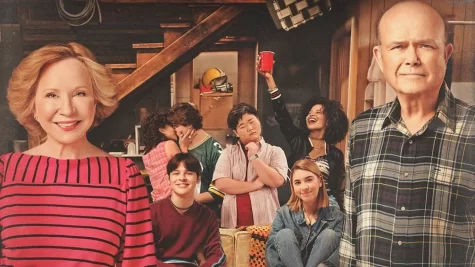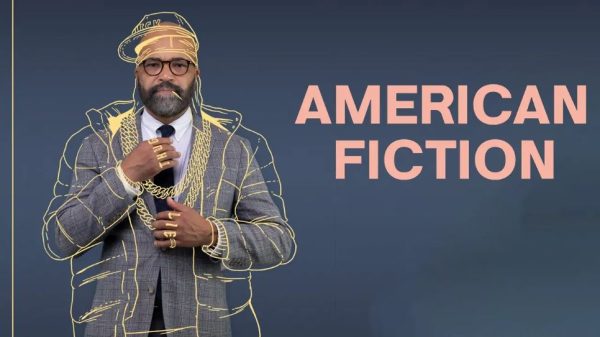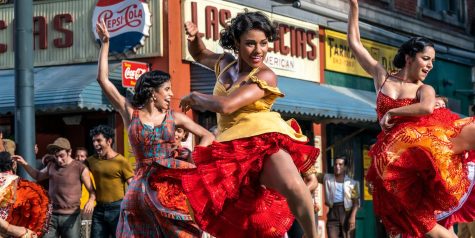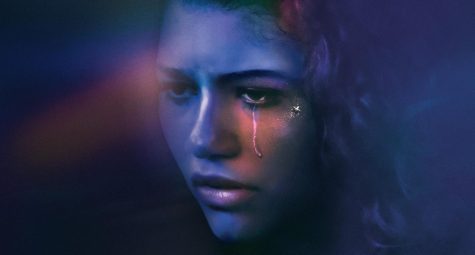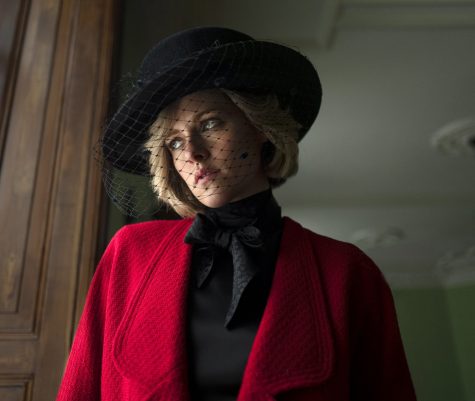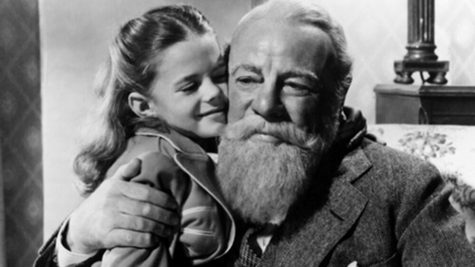‘Bridgerton’: A Period Drama Done Right
Netflix’s latest period drama, Bridgerton, created by Chris Van Dusen and directed by Shonda Rimes, premiered on December 25, 2020. The show immediately captivated viewers, and has secured a spot on Netflix’s top ten list even weeks later. The popularity is understandable: the costumes are delightful, as is the setting of the show. The plot, while mildly cliche, is well-written and pleasantly surprising until the very end. Bridgerton entertains with all the splendor of a traditional period piece: lavish parties, scandalous romance, and admirable elegance. However, modern-day themes set Bridgerton apart.
Bridgerton opens with a scene of London’s Grosvenor Square in 1813. Men promenade with ladies in hand, sporting vibrant gowns and delicate parasols. The elegant voice of Lady Whistledown (a local gossip columnist voiced by Julie Andrews) narrates the scene: today is the beginning of London’s marriage season.

The marriage season revolves around London’s elite, and their carefully crafted pairings. The beautiful, and quick-witted, Daphne Bridgerton (Phoebe Dynevor) is the season’s focus, deemed the “diamond of the first water,” by the judgemental Queen. Just across from the Bridgerton home in Grosvenor’s square, the three Featherington sisters court less-favorable circumstances. Although elegant, the marriage season prompts desperation and scandal—leaving no one untouched. Afternoon teas, elegant balls, and eager suitors are all to determine each lady’s future—whether she will marry favorably, or be left lonely, undesirable, and alone.
The most enchanting courtship is between Daphne Bridgerton and the cold yet striking Duke of Hastings, Simon (Regé-Jean Page). The two plot a faux-romance in order to attract suitors for Daphne and to remove Simon from the pool of eligible bachelors. The relationship is bewitching. Intertwined storylines include the desperate ambitions of Mrs. Portia Featherington (Polly Walker) to marry off her daughters, Anthony Bridgerton’s (Jonathan Bailey) inability to rise to his responsibilities, and the secret identity of gossip columnist Lady Whistledown.
A few modern themes add complexity and a realistic element to Bridgerton’s plot.
Racial relations are historically inaccurate in Bridgerton’s society; black men court white women, and diverse people populate all classes, regardless of race. Race is not irrelevant, though. Explained midway through the season, Queen Charlotte (Golda Rosheuvel), a woman of mixed race, transformed the country for black individuals after her marriage to King George III, a white man. Simon’s father (Richard Pepple), the former Duke of Hastings, explains to Simon in old age that in order for people like them to keep their titles, they must prove themselves, and do even more than is expected. These tensions add an element of reality to the fictional plot: race is part of the show, just like it is part of the real world.
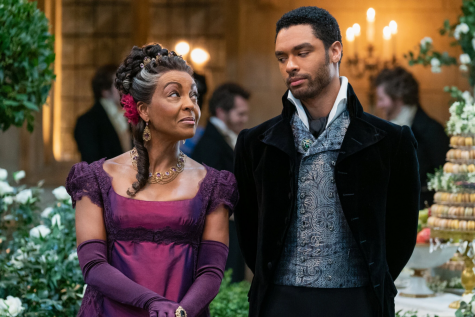
Themes of sexism add to Bridgerton’s relatability and highlight female disadvantages in London’s 19th-century society. Young women, like Daphne, are kept completely oblivious of sex until they are married. At one point, a pregnancy scandal arises, leading the teenage Penelope Featherington (Nicola Coughlan) to wonder, where, in reality, did babies truly come from? The cultural taboo against female sexuality is central to the plot, which provokes varying emotions from Bridgertons characters, and corresponding thoughtfulness from viewers.
Bridgerton is no stiff Regency-drama. Instead, it is extravagant, scandalous, and thoughtful, all at once. The complexity of the show outdoes other period pieces, creating a new standard for the common trope. It is dangerously easy to get swept away in the world of Bridgerton’s balls and gentleman callers—and despite the complicated nature of this marriage season, I can hardly wait for the next.
Bridgerton was renewed for a second season on January 21, 2021. Season 1 is available on Netflix now.
Your donation will support the student journalists of Burlington High School. Your contribution will allow us to purchase newsroom equipment and cover our annual website hosting costs.




